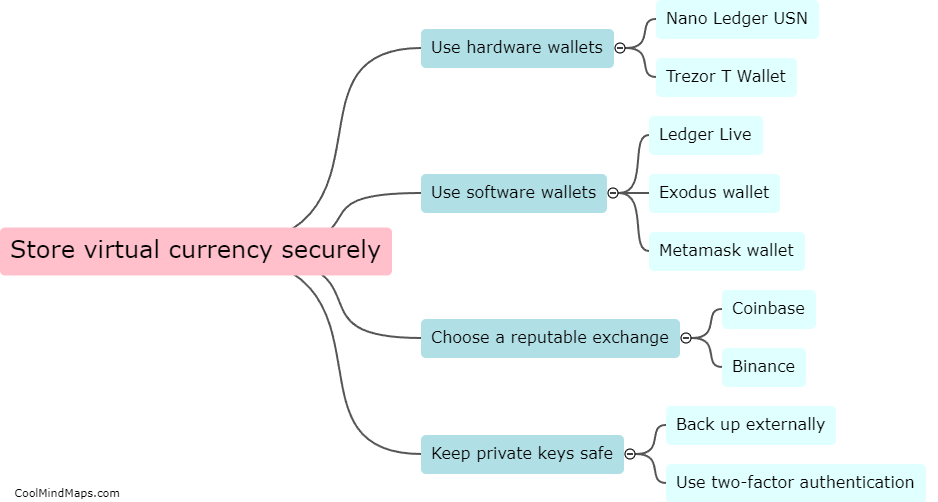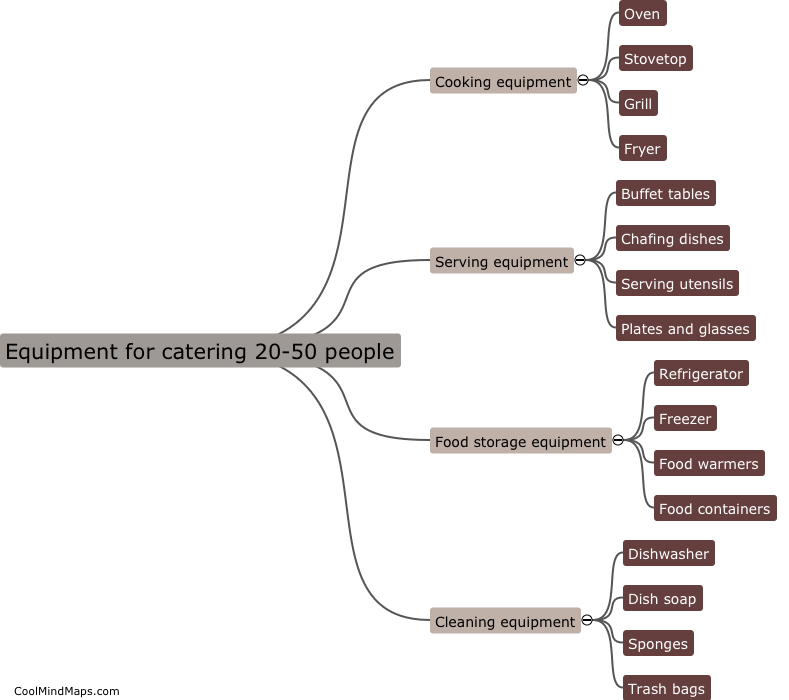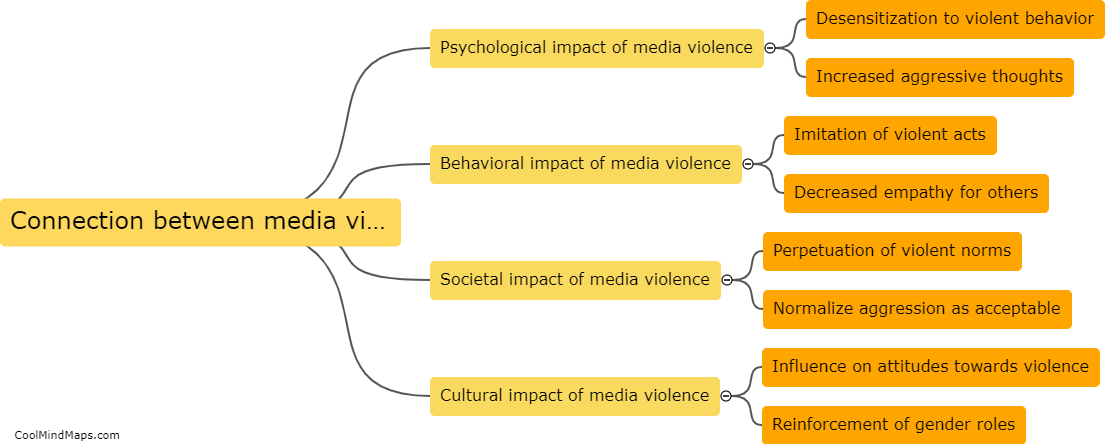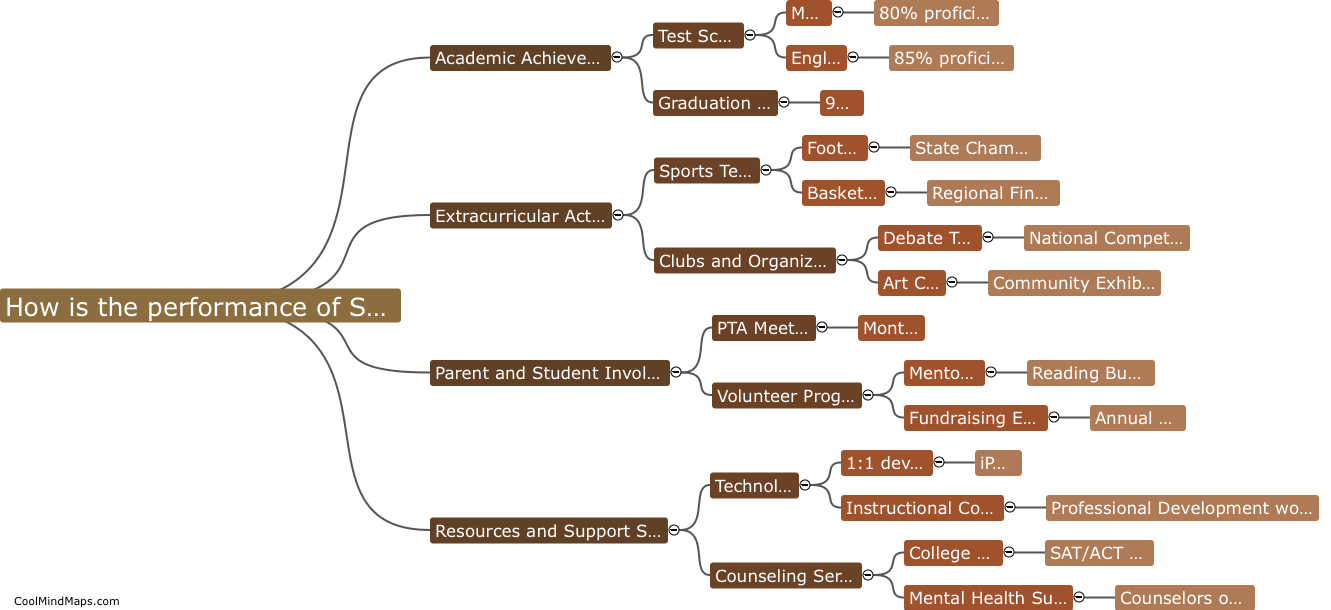What techniques does Schnebel use in Für Stimmen?
Schnebel uses a variety of techniques in his composition Für Stimmen. One of the key techniques he employs is vocal polyphony, where multiple voices are layered on top of each other to create complex, overlapping textures. In addition, he incorporates elements of extended vocal techniques, such as vocalizations, whispers, and shouts, to enhance the expressive and dramatic qualities of the piece. Schnebel also makes use of aleatoric elements, allowing the performers to make choices about how and when certain vocal sounds are produced, adding an element of unpredictability and spontaneity to the performance. Overall, these techniques combine to create a rich and dynamic sonic landscape in Für Stimmen.
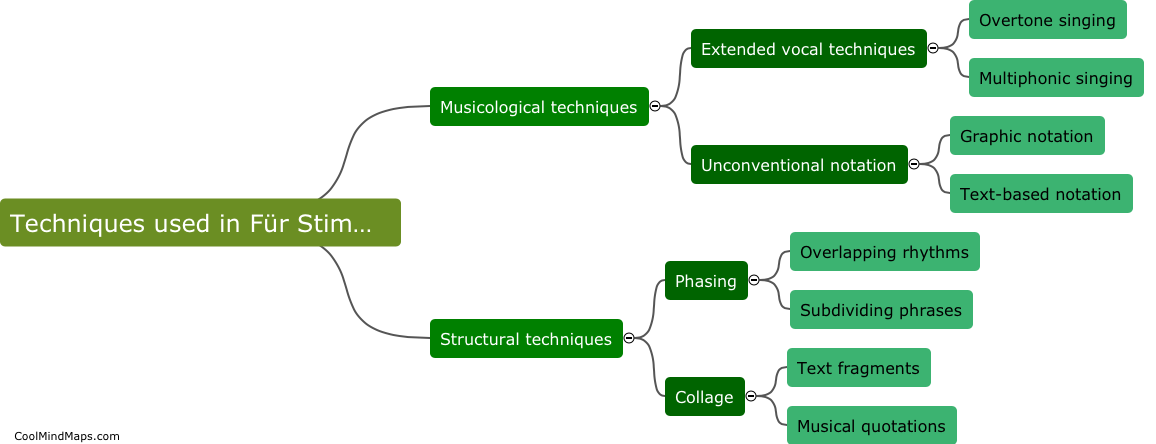
This mind map was published on 21 March 2024 and has been viewed 142 times.
